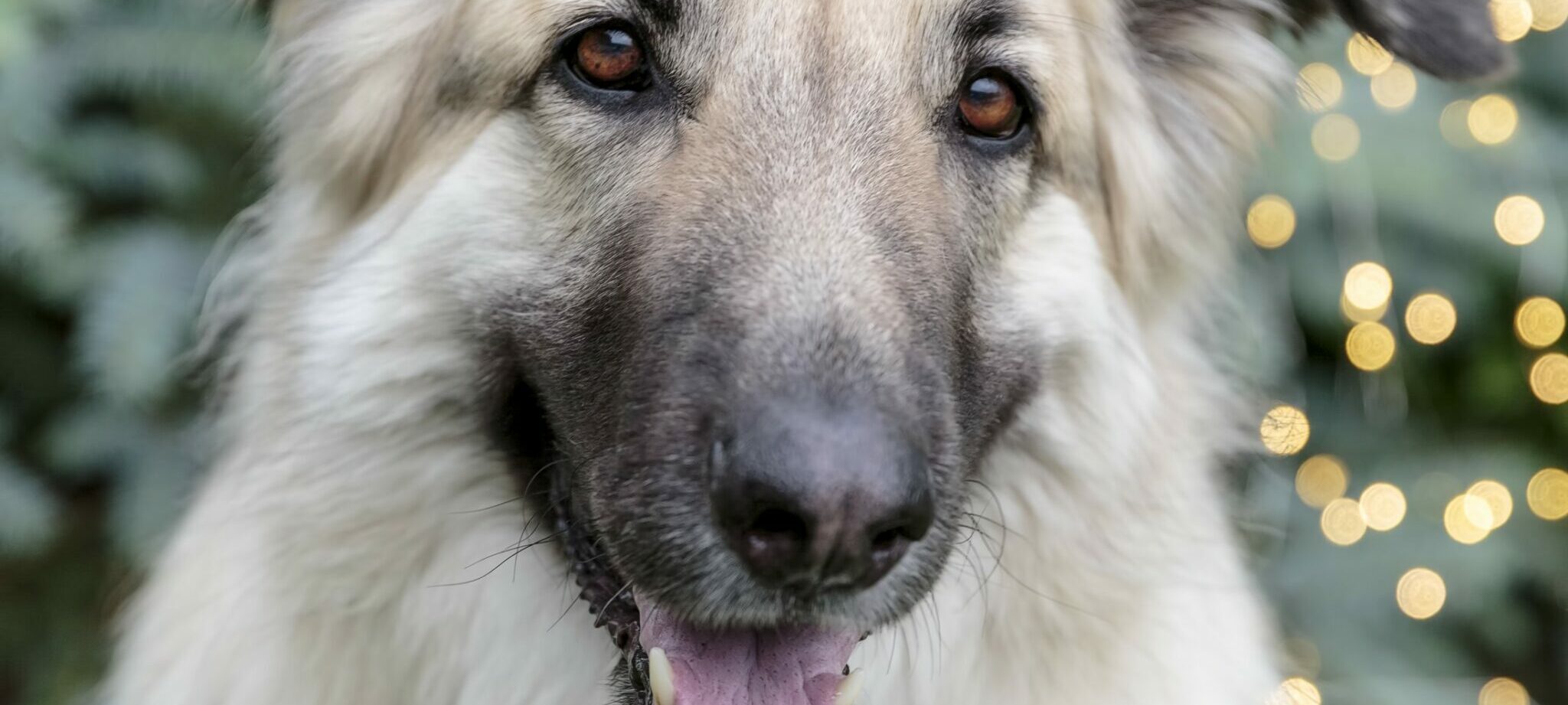
28 Sep My Dog Has Puppy Teeth That Have Not Fallen Out—Is this OK?
Puppies. We ALL love them, even when they have moments of being crazy little terrors! Right!?
The joy that puppies can bring us seems to be unmatched at times. This is typically up until that moment they begin to get overly playful and those “shark teeth” become their primary display of love and happiness. Fortunately, this shark teeth phase doesn’t last forever! So, when do puppy teeth fall out, and when should you be concerned?
How Many Teeth Do Puppies Have?
First, let’s talk about what a puppy’s mouth should look like. Puppies, assuming they are not missing any primary or puppy teeth, will have 28 teeth in their first set of teeth. Puppies (and kittens for that matter), do not have any molars in their first set of teeth. They should have all 4 canines and a total of 12 premolar teeth (those first few teeth behind the canines), 3 on each side/jaw. The last 12 teeth, again for a total of 30 when complete, are accounted for via the incisors. Incisor teeth are the small teeth at the front of the upper and lower jaws (maxilla/mandible respectively).
When a puppy is completely missing one of these teeth, the adult counterpart will NEVER be present either. Missing teeth in dogs is not uncommon, but should always be assessed for any issues under the gum.
Most puppies have teeth that start erupting around 3-6 weeks of age. Most often by 10 weeks, all 28 puppy teeth are present and erupted. However, we know that many small breed dogs have a delayed eruption of puppy/primary teeth. These breeds often include Yorkshire Terriers, Shih Tzus, and Havanese. I personally have seen multiple dogs of these breeds not have any puppy teeth visible until at least 8 weeks, and not fully erupted teeth until closer to 16 weeks.
When Do Puppy Teeth Fall Out?
Now we have to consider when puppies should lose their first set of teeth. Typically, we watch the canine teeth the closest to ensure they are exfoliating (falling out) as they should be. We will get to why this is shortly. For now, let’s continue focusing on timelines.
As a rule of thumb, most primary/puppy canine teeth should be exfoliated or fall out by approximately 16 weeks. By this point, almost all other puppy teeth should have also fallen out. The last premolars are often falling out around the same time as the canine teeth. Again, when we consider these smaller breeds that are known for delayed eruption, this also leads to delayed exfoliation.
What Does It Mean If Your Dog’s Puppy Teeth Haven’t Fallen Out Yet?
A delay in puppy teeth falling out is not always an issue. As briefly mentioned above, if a puppy has delayed eruption followed by delayed exfoliation, this would not be uncommon or an immediate concern. Lack of, or a delay in, exfoliation of primary/puppy teeth becomes an issue when 2 teeth attempt to occupy the same space.
As a major rule for physics and dentistry, no two objects (teeth in this matter) can occupy the same space. When a puppy tooth remains in its location beyond the time that it should, it obviously does not allow for the adult/permanent counterpart to move into the proper position as it should. Believe it or not, despite the adult/permanent version being a larger tooth, it often loses the battle as to which tooth can be in the right location.
What this leads to is the adult/permanent moving into an abnormal position. Since we most often see this issue with the canine teeth, this can mean major occlusal issues for your puppy. The canine teeth, as with all teeth, are supposed to sit in a location to allow for a normal bite. Even a few millimeters of a change can mean severe oral trauma and long-term issues for dogs.
When Should Delayed Puppy Teeth Be Evaluated?
An incident we see often is people opting to “watch” for the loss of these puppy teeth and addressing any issues at the time of a routine spay or neuter. This is problematic for multiple issues.
First, we often do not perform these procedures until at least 6 months of age. Often by this age, the adult (permanent) canines should be moving into their normal location, meaning it may be too late to allow for the adult counterparts to move into a normal location.
Second, with the movement of so many rescued pets, it is not uncommon for those puppies to have already undergone a spay/neuter and therefore would need a procedure to extract those teeth as a separate anesthesia event regardless.
Lastly, there is even another movement of delaying these spay/neuter procedures until some of these dogs are closer to skeletal maturity. Waiting this long to address retained teeth could be extremely detrimental to a dog’s oral cavity.
Not All Delayed Puppy Teeth Need Immediate Intervention
There are instances, however, where the persistence of puppy/primary teeth may not need to be directly addressed or have intervention. These are instances where there is no adult counterpart, which is again common in small breed dogs.
For example, it is very common for the same small breed dogs that have delayed eruption to be missing multiple permanent/adult teeth. In the instances where their puppy teeth remain present and are otherwise healthy, these teeth can absolutely remain in their location. These teeth, however, do often undergo time-related breakdown at their roots as they are not designed to be permanent teeth. Again, this does not necessarily mean interventions are necessary, but these teeth should be monitored/evaluated if they persist.
Puppy Dentist in Nashville, Tennessee
As always, any abnormalities within the oral cavity and with your puppy’s teeth warrant evaluation. If you have any concerns about puppy teeth, persistent teeth, or delayed exfoliation, do not hesitate to reach out to your primary care veterinarian or the staff at Your Pet Dentist.
Images used under creative commons license – commercial use (9/28/2023). Photo by Bharathi Kannan on Unsplash


